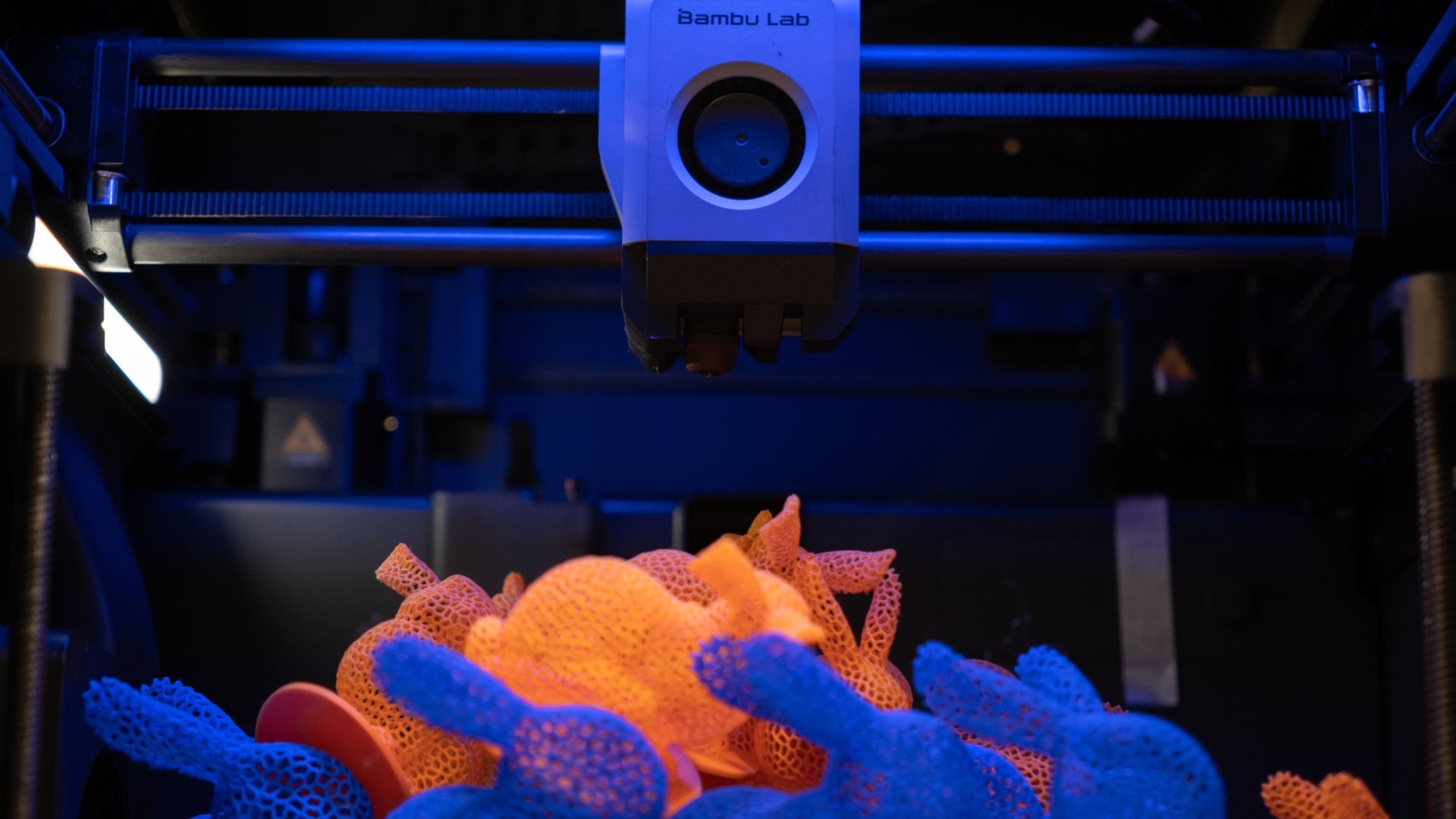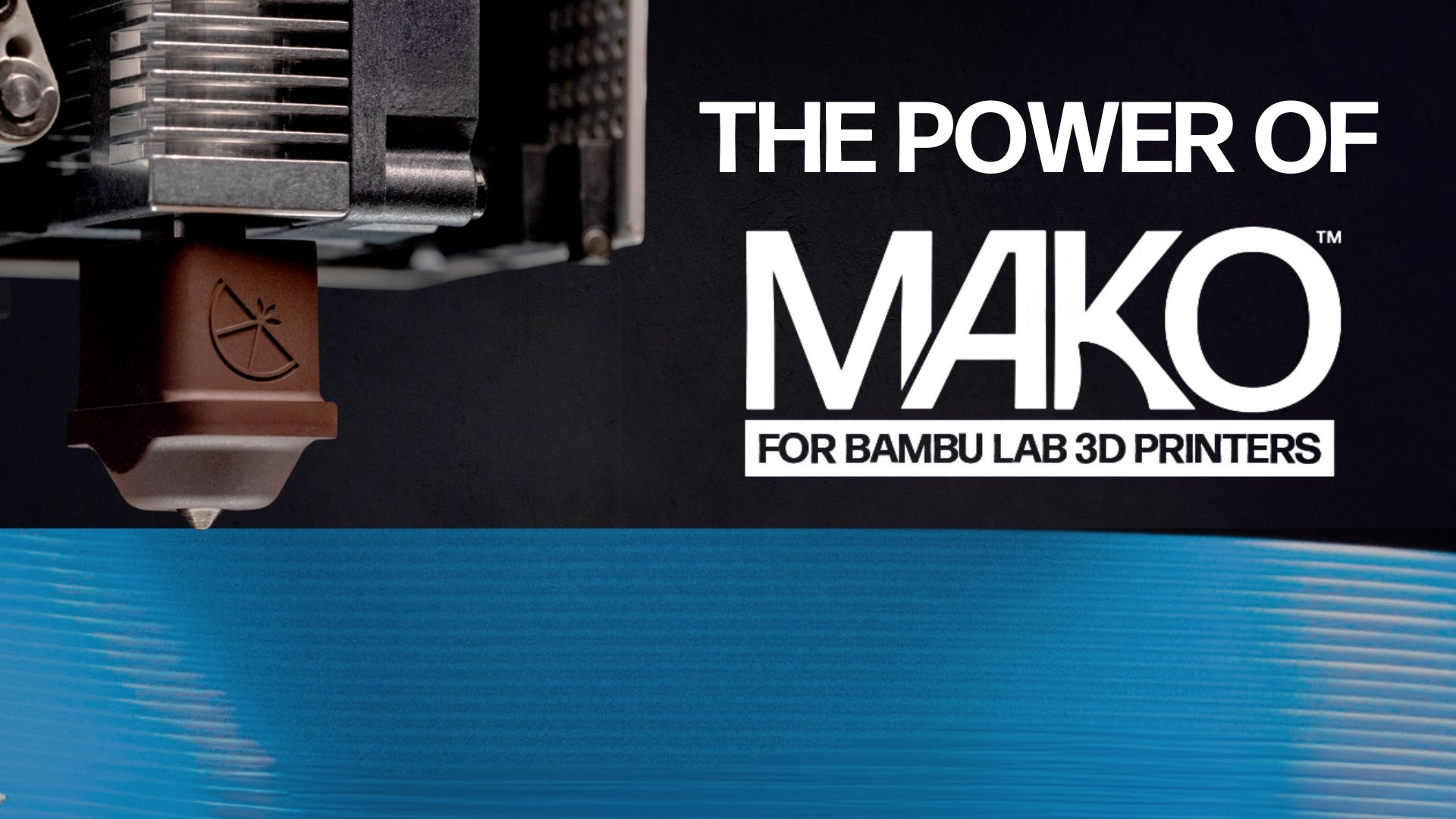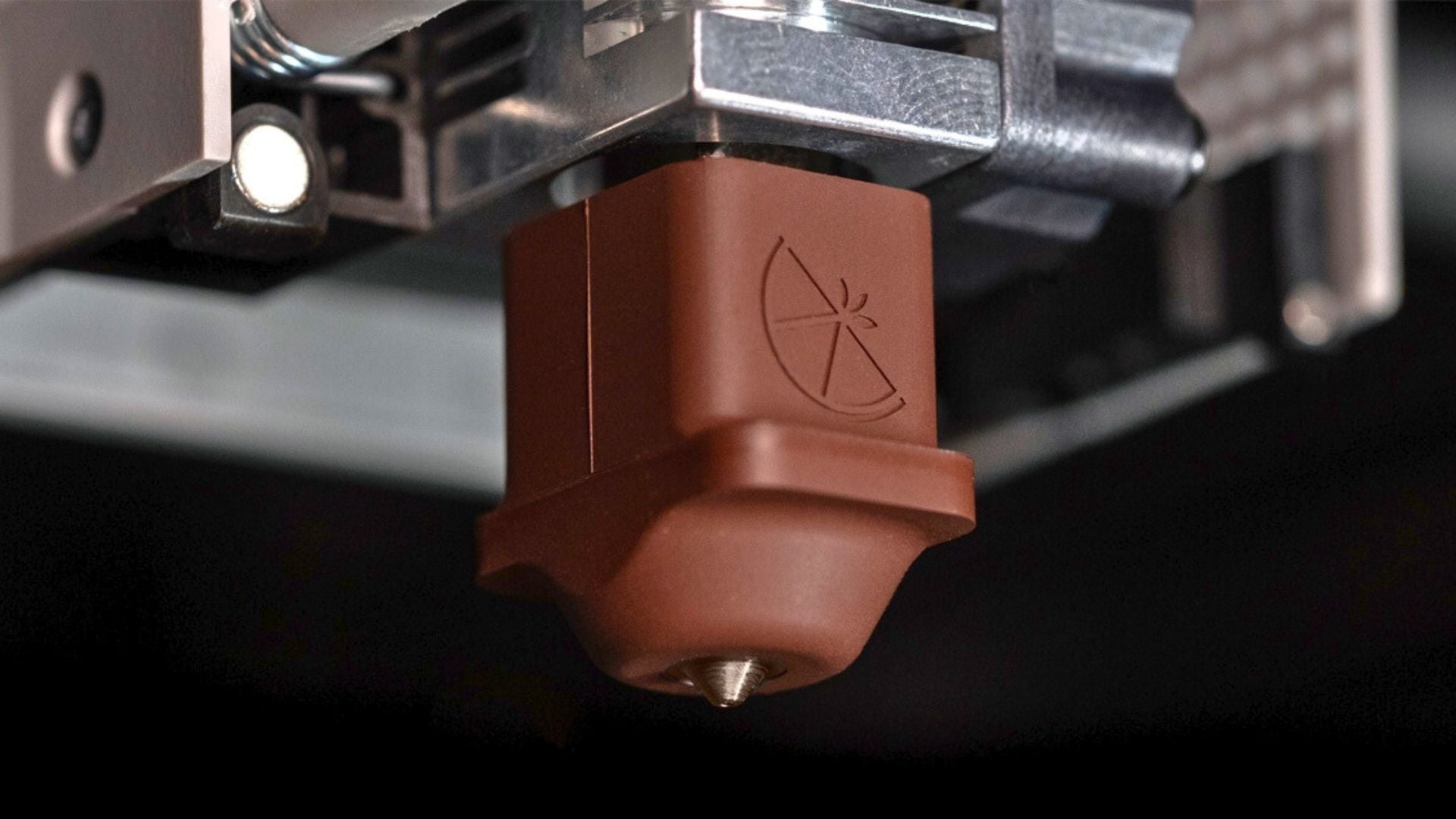
A Response to Companies That Exploit IP

Dan Barousse
Co-Founder and CEO
There has been some confusion lately about how intellectual property (IP) works, how it is applied in the 3D printing space generally, and specifically to the IP created by Slice Engineering. I recently did a presentation about this at the East Coast Rep Rap Festival (see that video here) and will summarize and expound on those thoughts below.
In a nutshell, when you create something (e.g., art, music, a book, a digital or physical product), you can choose to invest in intellectual property (trademarks, copyrights, patents) or not. If you choose to invest in IP, you can market your creation and reinvest the proceeds into further innovation. Congratulations, you’ve created a business, whether you intended to or not!

If you don’t invest in IP, companies that like what you’ve done but don’t want to spend the time or money to create something unique themselves will take what you’ve created and use it for themselves, e.g., exploit you. This hurts everyone except the exploiter - the original creator is robbed, the exploiter’s customers are poorly served with an inferior product, and the cycle of innovation is broken. Trademarks, copyrights and patented products help keep the lights on, mortgages paid, and innovative juices flowing in the minds of creative people.

There is, of course, room for generosity outside of an equitable transactional relationship between creator and customer. That is why at Slice, we follow a Hybrid IP Model where we fully open-source approximately half of our product portfolio. Each of our hotends clearly states on the product page and the product packaging whether it is patent protected or open source. We freely share the CAD files for our patented products under the Creative Commons non-commercial BY-NC-SA open-source license, which allows anyone to remix (modify) them for whatever purpose as long as the resulting product isn’t sold commercially. Our open-source products are published with full drawing packages that include ASME compliant GD&T - more data than any other FOSH company in the 3D printing community provides.
Uniqueness is one of the main qualities for approval of any IP, but especially patents — if the Mosquito hotend design and utility were not unique, why would there be clones, copycats, and impersonators proliferating online? If the idea wasn’t unique, why hadn’t anyone done something like it before? They say imitation is the sincerest form of flattery. If that is the case, Slice is flattered often!
Another point that I’ve heard recently is that there is less “room” for innovation in the 3D printing space as more and more patents are granted. While this seems to make sense at face value, a second look exposes the straw man argument here. There is no known “limit” on human creativity. Innovation is not a zero-sum game. Apocryphal legend has it that the commissioner for the US Patent and Trademark Office stated in 1899 that “Everything that can be invented has been invented.” This statement was made just as the automobile industry was in its infancy and four scant years before the Wright brothers took flight at Kitty Hawk.
To make it a little more concrete, let’s take a look at a “traditional” manufacturing process like injection molding. The first use of plastic injection molding was in the 1930s. Ninety years later, there are hundreds of thousands of patents surrounding that technology, with new patents being granted as recently as yesterday.
Or, to bring it closer to home, just because someone patented a way to make a hotend doesn’t mean there isn’t another way to make a hotend. Take, for example, the latest hotend from E3D, which makes use of our open-source, Bimetallic Heat Break™ technology, but doesn’t infringe on any patents. In short, the closed mindset, “lack of room,” argument doesn’t stand up under scrutiny.
Finally, there have been accusations of patent trolling aimed at Slice. Let’s get our definitions straight: A patent troll is a person or company that buys up patents in a fire sale with the sole intent of exploiting companies with commercially available products for profit. A creator or small business defending something they created is the entire purpose of the intellectual property system in our modern civilization.
So where do we go from here?
To our loyal customers and 3D printing community at large that have supported us for the last 5+ years. Thank you for supporting a couple of engineers with a dream. Your support is what motivates us to continue when times are tough. You’ve had our back from when we were doing this as a side hustle on nights and weekends and dealt with all the growing pains along the way. We couldn’t do it without you!
If you are someone that has threatened me, my family, and my team with violence in the last few weeks, that behavior is totally unacceptable. Period. I know some of you want everything to be free in a Communist dystopia world, but that’s not how the world works, thankfully. We are all better off making our own decisions about our individual destinies. Trust me.
If you are a consumer, don’t feed the exploiters who are using trademarked names, copyrighted text and images, and patented products for their own gain. They don’t introduce innovative ideas to the community. They are typically big companies living high on government subsidies specifically designed to undercut small businesses. They drain the life of true innovators and cheat and steal at every opportunity. Choose the path of integrity. Your small choices have outsized impacts on the lives of others.
If you are an innovator and you want to make something new, do your research. Read the literature. Do a patent search. Take a patent attorney to lunch and pick their brain. Ideally, get a freedom to operate opinion from a professional. Do all of that before you launch a product… not after. It’s way cheaper to abide by international law and do the morally correct thing than to get stuck in an IP infringement debacle.
Ok, thanks for reading. In honor of my diatribe today, we are donating $600 (5x the price of a certain hotend) to the Sanjay Mortimer Foundation to show our support for the 3D printing community. This is in addition to the stuff we don’t normally talk about, like the thousands of dollars we donate to various military veterans non-profits, printers we donate to FIRST robotics teams, the filament and printer components we donate to missionaries 3D printing prosthetics for limb deficient children, and the dozens of creators we support via Patreon and our affiliate program.
Stay Zesty!
Publish Date: November 10, 2022
Revision Date: November 28, 2022
A Note from the Author: If you read my original post and were offended by it, please accept my apologies. More than likely, the post was not directed at you (unless you are one of the few making threats of violence). I have revised my statements in a way that I hope brings clarity without diluting the purpose of the original in any way.
Editors Note: This post has been revised for clarification purposes to ensure readers understand the context and intended audience of specific statements. If you would like to read the original post in its entirety, click here.
The following revisions were made:
1. The blog post title was changed from “Intellectual Property in the 3D Printing Space” to “A Response to Companies That Exploit IP” to better clarify the post’s intentions and intended audience.
2. The first sentence of Paragraph 1 has added context to mention the post is about Slice Engineering’s IP specifically.
3. Clarification about what “exploitation” means in Paragraph 3.
4. The response to Patent Troll claims has been broken into its own paragraph (Paragraph 9).
5. Paragraph 11 was added for Slice supporters and the 3D printing industry to clarify who Paragraph 12 is directed towards.
6. Additional context was added to Paragraph 12 to clarify who the “haters” in the original blog post was in reference to. This statement was not intended for the 3D printing community at large but rather for the select individuals mentioned in the post.
7. Removed reference to Alexander Solzhenitsyn for clarity.
8. Added clarification in the first sentence of Paragraph 13.
9. Changed “play by the rules” to “abide by international law” in Paragraph 14 to remove ambiguity.




